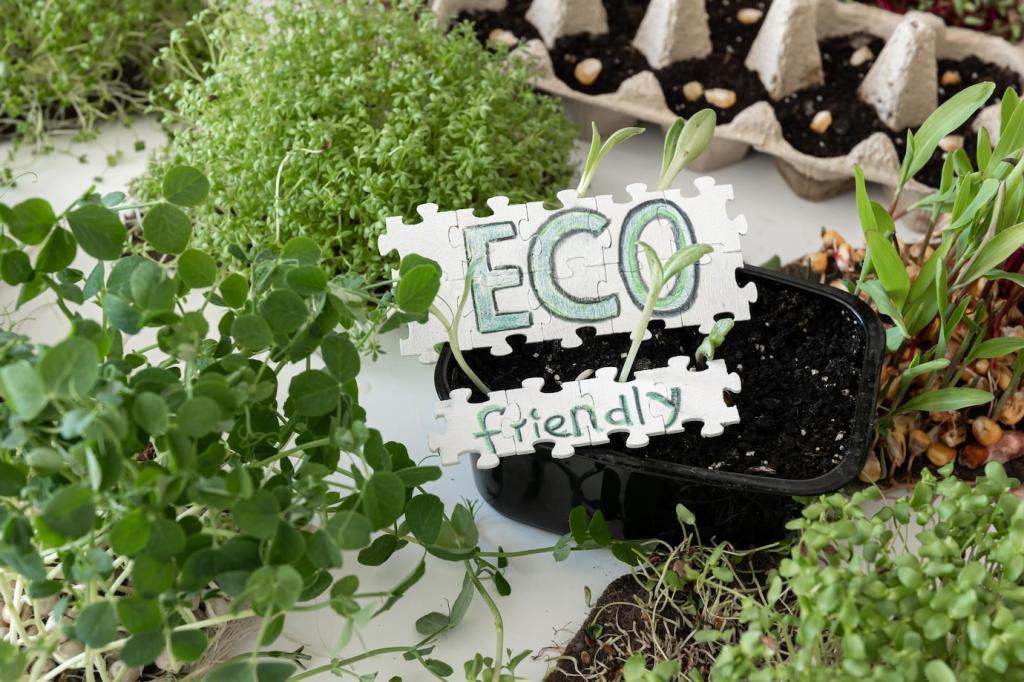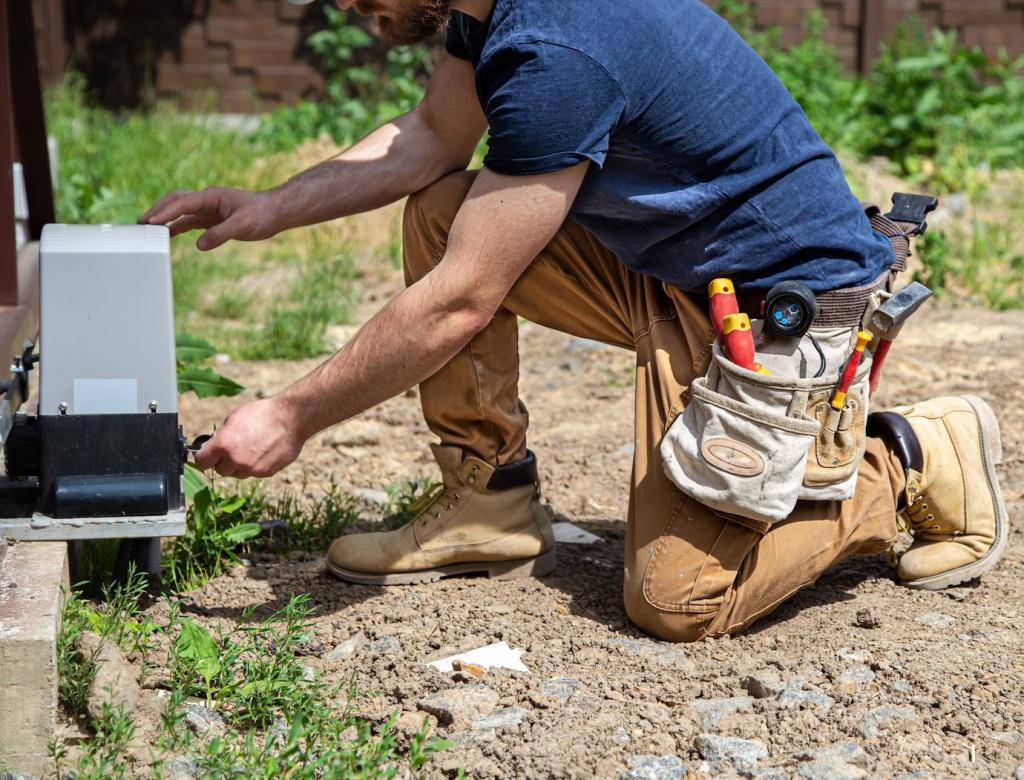Plant-Based Leather Conditioner Recipes: Nourish Your Leather, Naturally
Why Plant-Based Leather Conditioner Recipes Work
The chemistry of plant oils and waxes
Leather loves balanced lipids. Stable plant oils—like jojoba, a wax ester close to natural sebum—absorb predictably without turning tacky. Vegan waxes such as candelilla and carnauba add structure and abrasion resistance, while antioxidants help slow oxidation and keep blends fresher longer.
How conditioners penetrate and protect
Conditioners work by replenishing depleted fats within leather’s fiber matrix, restoring flexibility and reducing micro-cracking. Light, stable oils carry nourishment inward; a thin wax film then moderates moisture exchange and scuffing. Applied sparingly, the result is a supple feel and a gentle, natural sheen.
When DIY beats store-bought
Making your own plant-based leather conditioner recipes lets you control purity, scent, and strength. You can avoid drying solvents, customize viscosity for specific items, and keep labels transparent. Share your preferences below—what finish or aroma are you chasing for your favorite pair of boots?





Recipe by weight: 98.5% jojoba oil, 1% vitamin E, 0.5% cedarwood essential oil (optional). Mix, bottle, and label. Apply two to three drops per palm-sized area, wait ten minutes, then buff. Share your observations—did straps feel more flexible without darkening or changing the grain?

Recipe by weight: 12% candelilla wax, 87% jojoba oil, 1% vitamin E. Melt wax in a gentle double boiler, stir in oil off heat, add vitamin E, pour into tins. Cure overnight. Use a pea-sized amount, spread thinly, wait fifteen minutes, buff briskly. Comment if your finish feels too firm; we’ll help adjust.

Recipe by weight: 60% avocado oil, 39% jojoba oil, 1% vitamin E. Blend and warm slightly. After patch testing, massage a whisper-thin coat, let rest overnight, then buff thoroughly. If you see residue, wipe with a dry cloth. Tell us before-and-after impressions—photos welcome for community feedback.
Application Techniques for Lasting Results
Patch testing and prep
Always test on a hidden area, like under a strap or inside a hem. Dry brush dust and grit first, then wipe with a barely damp cloth if needed. Apply conditioner in micro-layers, building slowly. Share your patch-test notes so others with similar leather can learn from your results.
Buffing for a gentle, low-gloss sheen
After ten to twenty minutes of absorption, buff with a clean microfiber or horsehair brush. Light friction aligns surface fibers and evens the wax film, revealing a soft, natural glow. If the cloth drags, you likely applied too much—keep strokes long, light, and consistent across panels.
How much is too much
Signs of over-conditioning include a tacky feel, dark blotches that stay wet, or lint sticking to the surface. Wick away excess with a clean cloth and extend cure time. For future sessions, halve your dose. Tell us what measurements worked for you by climate and leather thickness.



Sustainability and Story: Why DIY Plant-Based Matters
Lowering environmental footprint
Plant-based formulas let you minimize petro-solvents, avoid animal byproducts, and refill small tins forever. Choose recyclable glass, label your ratios, and store cool. Share your storage hacks, favorite suppliers, and how going botanical changed the way you shop for care products.
Circular care, longer life
One reader rescued a thirty-year-old satchel with a simple candelilla balm, restoring flexibility and color depth in a single evening. That single success deferred replacement for years. Add your story—what did you revive, and which recipe breathed life back into tired leather?
Join the conversation
Tell us your climate, leather type, and goals so we can tailor plant-based leather conditioner recipes to your reality. Comment, subscribe for new blends and tests, and share photos. Your questions and experiments guide our next formulas, comparisons, and seasonal conditioning checklists.
